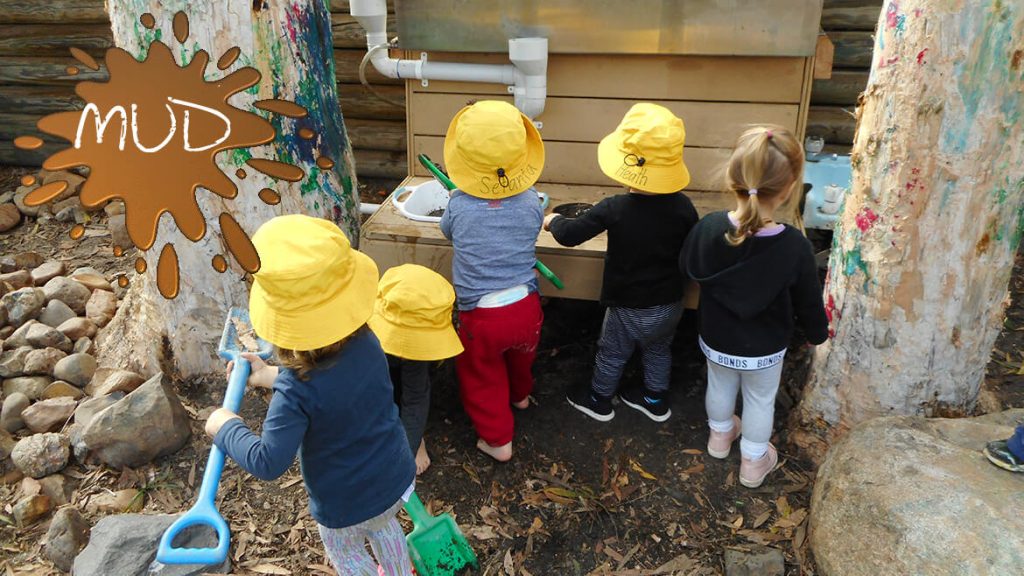
I won’t be old till my feet hurt, and they only hurt when I don’t let ’em dance enough, so I’ll keep right on dancing. – Bill “Bojangles” Robinson
“Kids and dirt, or more precisely kids and soil, have long been a perfect match. The connection could almost be described as instinctual. Regardless of differences in culture, language, and ethnicity, regardless of whether a child is born on a small farm or a sprawling metropolis, one thing remains constant: children absolutely love playing in soil. While the exact reasons underlying children’s fascination with soil remain open to debate, it is in many ways a moot point because the connection between healthy soil and healthy children is irrefutable,” writes E. Britt Moore in “Kids and Soil: A Perfect Match” (Exchange, May/June 2017).
A child who does something as deceptively unremarkable as making a mud pie is, in fact, engaging in tactile scientific learning that differentiates soil physical properties and correlates soil water properties to soil texture.
If the prior statement seems exaggerated, then take a moment to think about how often a child will adjust the water-to-soil ratio in a mud pie until she finds the perfect balance. What is that if not the scientific process of experimentation, trial, and error at work?
BENEFITS OF A MUD KITCHEN
Some of the benefits that mud kitchens provide for children include:
- Creative expression and invention (mud can become anything!)
- Problem solving opportunities (e.g. how to make soup thin or thick, how to make mud meatballs stick together)
- Cooperative play possibilities (e.g. let’s cook dinner, let’s have a restaurant, let’s feed the baby—you be the baby)
- Stress reduction (being outdoors in nature helps children relax)
- Building stronger immune systems (research indicates that some exposure to dirt helps build resistance to bad bacteria)
- Growing affection for the earth—soil, stones, sand, and growing plants (leading to care for our planet)



